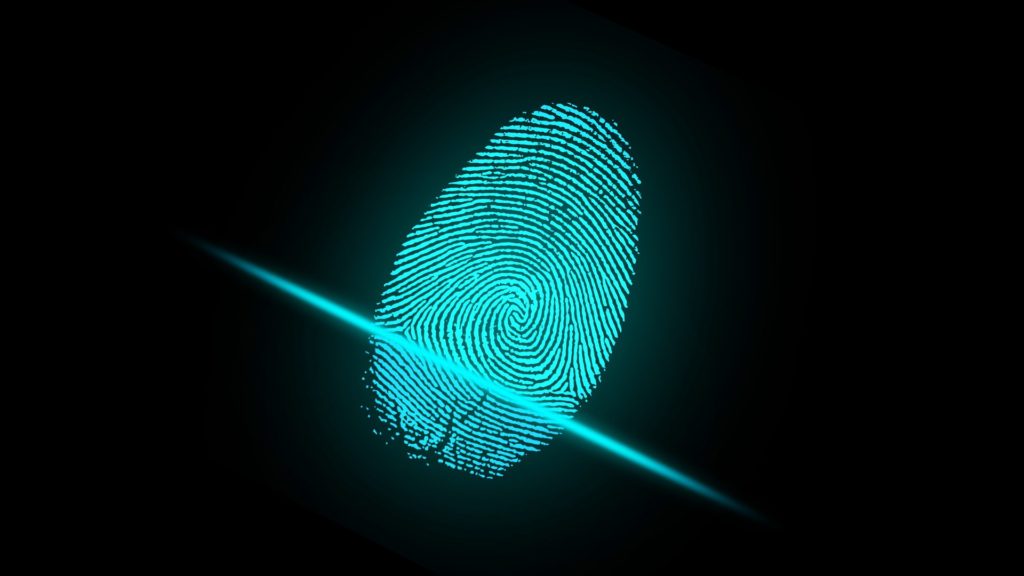Introduction
The threat of identity theft and cybercrime is more dangerous than ever in the quickly developing digital era IT. Which is defined by a greater reliance on technology.
Individuals confront increasing dangers to their digital identities due to an increase in online transactions, communication, and the storing of sensitive personal information. In order to protect against identity theft and cybercrime, this article offers readers a thorough framework that consists of seven critical actions. By putting these strategies into practice, people may strengthen their defenses, secure their personal data, and successfully negotiate the complicated world of digital security.

Table of Contents
7 Steps to Defend against Cybercime and Identity Theft
1. Boost Password Strength and Two-Factor Authentication
The strength and originality of passwords form the cornerstone of internet security. Strong passwords should be made for each account using a mixture of letters, numbers, and special characters to protect yourself from Identity theft. Avoid giving out information that may be easily guessed, including birthdays or everyday terms. Enable two-factor authentication (2FA) whenever it is possible. This strong security technique necessitates a second verification step, often a special code delivered to a trusted device along with the password, offering an extra layer of defense against unwanted access.
2. Detect Phishing Attempts Right Away
Phishing, a prevalent cybercrime tactic, involves tricking people into revealing critical information by posing as reliable organizations. Keep an eye out for questionable emails, texts, or phone calls and proceed with care. Requests for personal information should be handled with extreme caution, especially if they convey urgency or panic. Avoid downloading attachments from unidentified sources or clicking on strange links since they can contain harmful malware. When in doubt, independently confirm any requests’ veracity by getting in touch with the organization through its recognized means.
3. Update operating systems and software regularly

Keeping software and operating systems up to date is essential for protecting against cyber attacks. Software updates frequently include crucial security patches that fix well-known flaws, making it more difficult for hackers to take advantage of loopholes. When feasible, enable automatic updates; alternatively, manually check for updates often. You can build a strong defense against new threats by making sure your devices have the most recent security upgrades.
4. Using Secure Networks and Encrypting Data
Use cautious when connecting to the internet, especially when utilizing open Wi-Fi networks. These networks are frequently targeted by hackers who want to steal confidential information. Connect to reputable and secure networks whenever possible, ideally by utilizing a virtual private network (VPN). By encrypting your internet traffic, a VPN makes it far more difficult for hackers to eavesdrop on or steal your personal information. Additionally, think about employing trusted encryption solutions to secure your important data, such as bank transactions or private documents. An additional degree of security offered by encryption makes sure that even if your device is compromised, your data is still inaccessible to unauthorized parties.
5. Keep an eye on your financial and personal data
To quickly identify any suspicious behavior, careful monitoring of financial and personal data is essential. With your financial institutions, set up alerts so that you may get instant notice for any unexpected transactions or account activity. Review your credit card statements, bank statements, and other financial documents often to look for any illegal charges or inconsistencies. Watch your credit reports from trustworthy credit reporting organizations as well to look for any indications that fraudulent accounts have been started in your name. You may reduce the potential harm and lessen the effects of identity theft by quickly reporting and dealing with any questionable conduct.
6. Use caution when using social media
The use of social media platforms by hackers to obtain personal data for identity theft has increased dramatically. When posting information publicly on online networks, be cautious since even apparently unimportant things might be used maliciously. Do not publicly disclose your entire name, address, phone number, or date of birth. Review and modify your privacy settings frequently to ensure that only those you trust may see your personal information. Additionally, use caution when accepting friend requests or communicating with shady or unfamiliar accounts to avoid unintentionally disclosing private information to possible enemies.
7. Self-Education and Up-to-Date Information
To keep ahead of possible dangers of cybercrime and identity theft, cybercriminals constantly adapt their strategies, needing continuing education and vigilance. Utilize trustworthy sources like cybersecurity blogs, official government websites, and market-leading publications to stay up to date on the most recent cyber risks and security procedures. Participate in online courses and security awareness initiatives to broaden your knowledge and comprehension. By being informed, you can change your defenses proactively, foresee new threats, and put the right safeguards in place to protect your digital identity.
8. Put in place a reliable firewall and antivirus protection
Implementing a strong firewall and antivirus protection is crucial in protecting against cybercrime and identity theft in addition to the seven crucial actions previously outlined. Your device and the internet are separated by a firewall, which keeps an eye on incoming and outgoing network traffic and prevents illegal access. Make sure a reliable firewall solution is set up and configured correctly on your devices to add an additional line of protection against malicious assaults.
Deploy trustworthy antivirus software as well, which can check for and find malware such as viruses, spyware, and ransomware. To make sure your antivirus program can successfully detect the most recent dangers, keep it updated. Set up routine system scans to find and get rid of any dangerous software that may have gotten onto your device.
Together, firewalls and antivirus software can defend your machine against a variety of online dangers. You may dramatically improve your defense against hackers and lower your chance of being a victim of identity theft and other cybercrimes by using these strong security measures.
By include this extra step in your complete defense plan against identity theft and cybercrime, you strengthen your entire defense against the constantly changing panorama of cyber threats and get access to a more strong security posture.
Conclusion
Identity theft and cybercrime must be prevented with a proactive, diversified strategy. You can significantly lessen your vulnerability to these pervasive threats by putting into practice the seven essential steps outlined in this article: strengthening passwords, being wary of phishing attempts, regularly updating software, using secure networks and data encryption, monitoring financial and personal information, exercising caution on social media, and remaining informed.
Remember that in today’s complicated and linked world in IT, protecting your digital identity is crucial since it is a valuable asset.
Bible Verse
John 1:12 "Yet to all who did receive him, to those who believed in his name, he gave the right to become children of God"
We are all a child of God, for we are His creation. Do good deeds for Him and always give time for the LORD despite of how busy your schedules are so that we may be able to glorify our Father in Heaven. God bless dear brethren!



